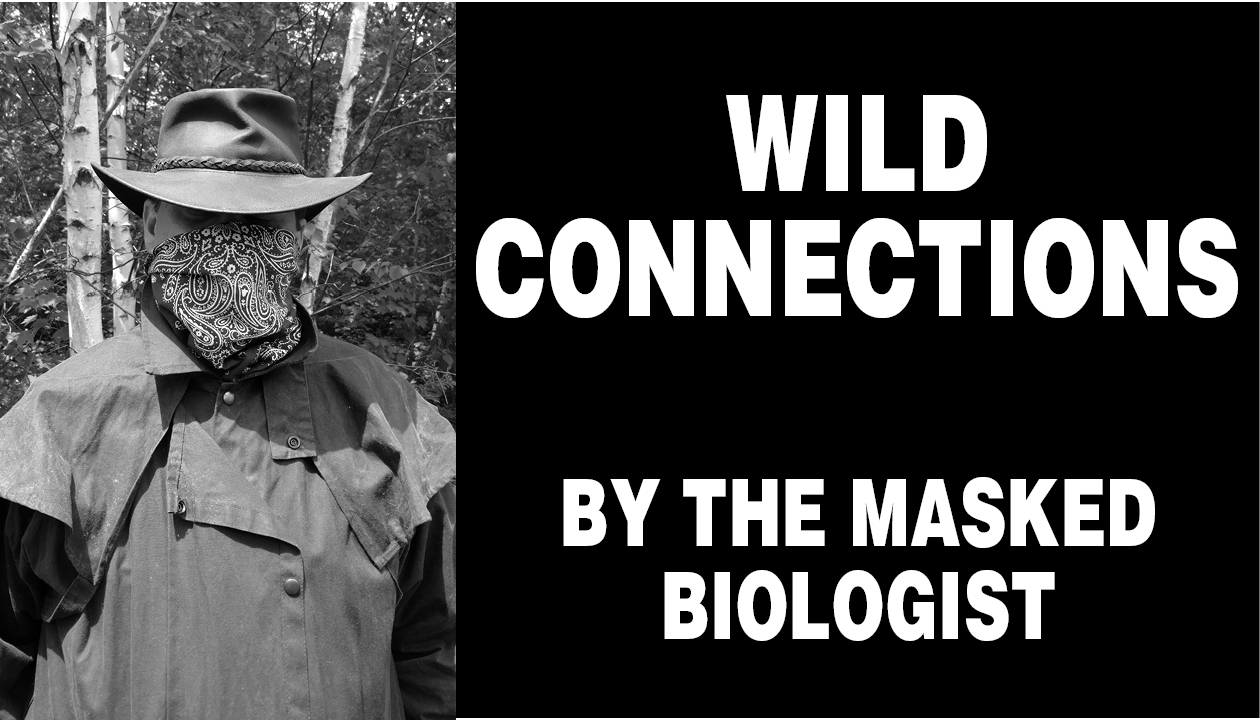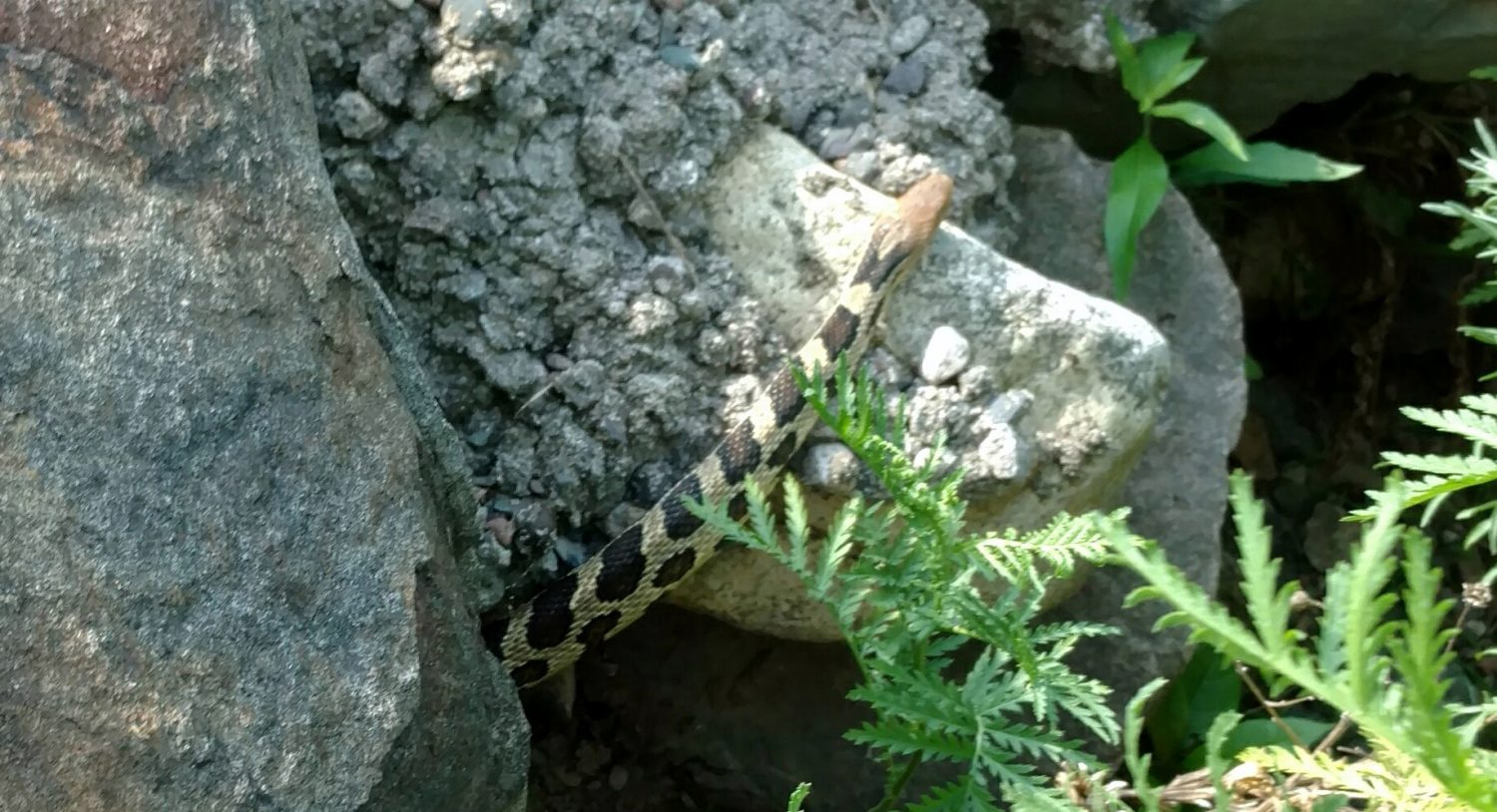‘Honing an edge’ in the field of wildlife management

“A wildlife biologist would not be able to remain relevant and effective if they didn’t work to continually keep up with the latest research, management technique development and human dimensions issues.”
BY THE MASKED BIOLOGIST
Special to the Star Journal
I have been writing a weekly feature of some form off and on for over a decade. I try to discuss a very broad range of topics. I am the first to admit that I am not an expert on everything; in fact, I often feel that I am not an expert on anything. However, I am routinely required to become an expert on a topic, at least briefly. Every visitor to my office, every email, Facebook post or phone call; every TV, radio and newspaper interview seeks my expertise on a wide array of topics. Some of the answers come very easy; for example, deer management questions come daily, and I am very accustomed to answering them. Other answers come with a degree of difficulty. I am terrible at identifying insects, a variety of plants from grasses to trees, and more than three-fourths of Wisconsin’s bird species. I rely heavily on reference books, the internet, and knowledgeable co-workers to get those answers. Even when I choose a topic for my articles, I may choose something that requires hours of research, often taking me in a different direction than I may have expected it would.
Wildlife management, a specific life science within the natural resources field, is based strongly in science and needs to continually evolve and adapt because we see changes in habitat, climate, species interactions with humans, and the like. A wildlife biologist would not be able to remain relevant and effective if they didn’t work to continually keep up with the latest research, management technique development and human dimensions issues. Reading online can be valuable, but you need to know what to look for and the source must be trustworthy. Everyone has equal access to the internet, and there are a lot of self-proclaimed experts out there that can really lead you astray. I find the best value in attending annual meetings like those hosted by certifying associations such as The Wildlife Society and Society of American Foresters, or professional organizations like the Midwest Fish and Wildlife Conference that was hosted by the state of Wisconsin and held recently in Milwaukee. At these meetings, my colleagues arrange for a meeting where we hear presentations by fellow professionals and graduate students on a broad range of topics. I admit, this year was a struggle. I felt I had so much work in front of me at my work station that I could not afford to take a couple of days away. Once I got down there, I was reminded how valuable it was for me to attend.
No one can be an expert on every subject, especially in a field as broad as wildlife management. Attending training and meetings like these as one colleague put it “helps you hone an edge” on your professional knowledge. These presentations give me information about the new emerging science that will help us learn more about wildlife and manage wildlife species and their habitat to the best of our abilities. It also helps us with our interactions with people like you, who want to know what is going on with snowshoe hare populations, the apparent increase of badgers in the Northwoods, or the health impacts of baiting on black bears. Are drones a good idea for use on public lands, and are there even situations where we could use them in wildlife management?
I feel it is important as a wildlife biologist paid by and working for you to do whatever I can to stay educated and informed in multiple aspects of wildlife and ecosystem management and wildlife health. That is a big part of why I chose to take the extra step of becoming a Certified Wildlife Biologist® with the Wildlife Society; it is a way that I can hold myself to the highest possible standards. In order to achieve certification, I had to meet stringent educational standards, and be able to document at least five years’ worth of significant work in wildlife management, including giving presentations, writing papers and articles, attending trainings and participating in personal and professional development opportunities like serving as a mentor and serving in an elected position in a state chapter of TWS. This is an expiring certification that needs to be renewed, so once I earn the CWB title I have to keep working towards achieving renewal on a regular basis.
Continuing education and training is a labor of love. At the Midwest I picked up a couple of ideas for future articles, about topics that concern all of us. I am a better biologist, a better writer, and a better person for learning about issues I care about, issues others care about, and issues I didn’t even know I would care about.
The Masked Biologist earned a Bachelor of Science degree in wildlife biology. His work in natural resource agencies across the country provided opportunities to gain experience with a variety of common and rare fish, plant and wildlife species. Follow The Masked Biologist on Facebook. Email questions to [email protected].
Leave a reply
You must be logged in to post a comment.


